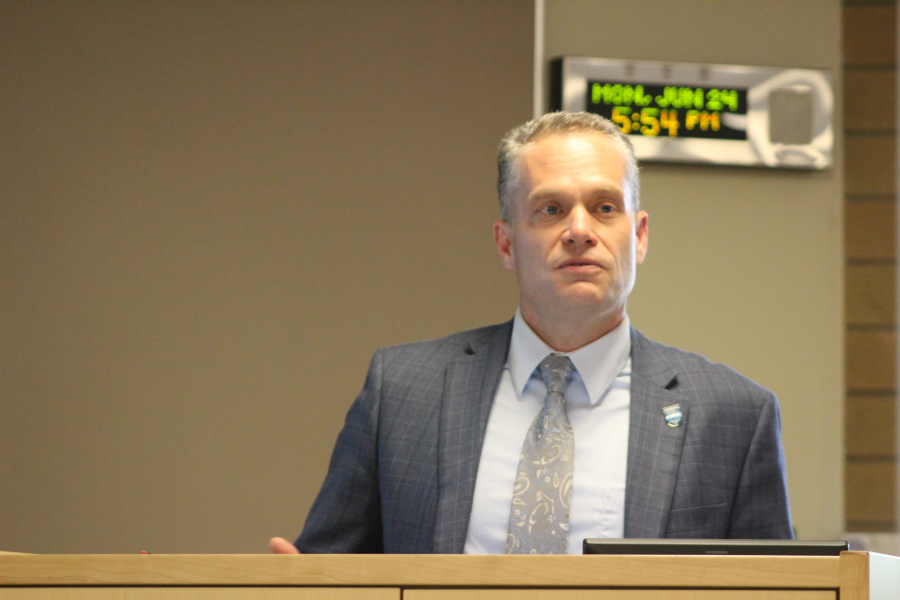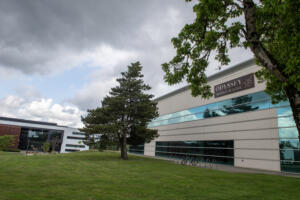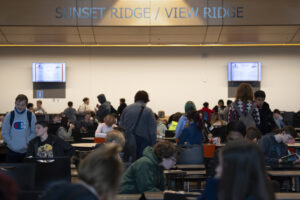The Camas School District Board of Directors will meet next week to discuss the budget, a looming deficit and local tax levy rates at a workshop scheduled for Monday, July 22.
Jasen McEathron, the district’s director of business services, talked about the district’s current budget outlook — including an expected deficit of nearly $4 million despite making cuts recommended by the budget committee — at a June 24 board meeting.
Although the school district’s budget includes several funds, including capital projects, debt service and transportation/vehicle funds, McEathron said the general fund is where the expected deficit will hit.
“We can’t move any of these funds to the general fund,” McEathron said, pointing to the list of “other” funds. “We don’t stop building buildings because there is a deficit in the general fund. We keep buying buses, students keep having (events funded by the student body fund).”
McEathron said the district’s general fund forecast shows expenditures will overshadow revenues by about $4 million.





